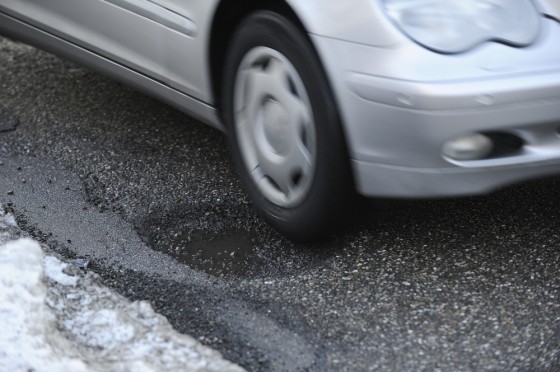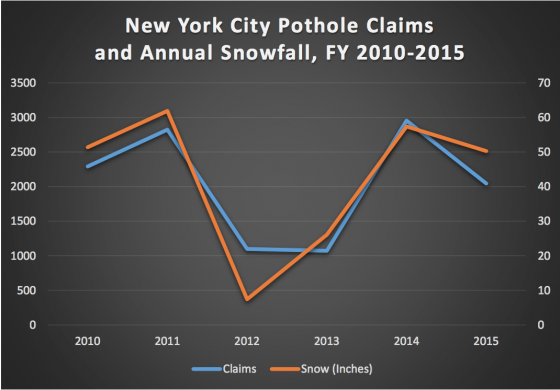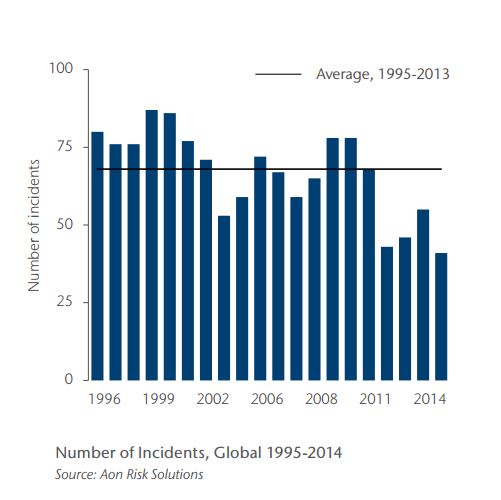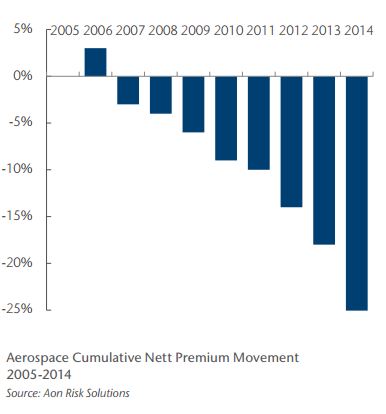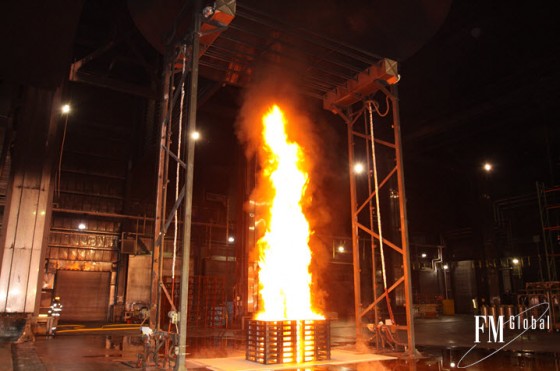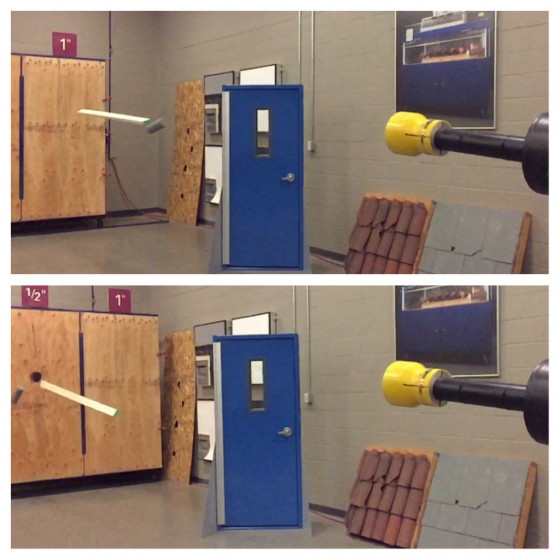Earlier this month, the transportation research group TRIP found that more than 80% of the major roads and highways in the New York City and Newark metropolitan areas were in poor or mediocre condition—the country’s seventh worst ranking among cities with more than 500,000 residents. According to the report “Pothole City: A Data-Driven Look at NYC Roadways,” released yesterday by New York City Comptroller Scott M. Stringer, this crumbling infrastructure has cost the city’s taxpayers over $138 million in the past six years—an average of $27.6 million per year.
The city’s failure to prioritize and effectively manage repairs of potholes on city roads has resulted in 12,268 property damage defective roadway claims and 5,913 personal injury defective roadway claims between fiscal years 2010 and 2015. Of the claims filed, 1,549 property damage claims were settled at a cost of nearly $1.5 million, while 2,681 personal injury claims were settled to the tune of $136.3 million.
The city’s potholes, Stringer said, are a “persistent and pervasive” problem that “deflate tires, break axles and twist ankles, often at a significant financial cost to the city.” His findings are part of an initiative introduced last year called ClaimStat Alert, which aims to identify patterns in claims made against the city in an attempt to reduce the amount paid in settlements, the New York Times reported.
In February 2014, Mayor Bill de Blasio and Department of Transportation Commissioner Polly Trottenberg announced a series of steps to try to improve pothole maintenance, including weekly “pothole blitzes,” citywide targeted repaving, an asphalt engineering technology challenge, and an emphasis on impact prevention. Yet the difficult winter proved quite a challenge. The average time to close a pothole work order in the first four months of FY 2015 was 6.7 days—nearly triple the 2.4 days during the same period in FY 2014, according to the report. The city stated that, while repair times were “atypically high” through the first quarter of FY 2015, they were “returning to normal levels by October 2014.” Stringer’s report did note, however, “to its credit, the DOT filled over 74,000 potholes (arterials and local streets) in the first four months of FY 2015, a 60% increase over the same period in FY 2014.”
The severe winters felt by the whole Northeast have correlated closely with the number of pothole claims—a predictor many cities may need to weigh more heavily when making weather preparations and budgets.
But patching does not present the best long-term investment of city funds, Stringer said. While the city has initiatives to make patching more efficient, the report said “a more cost-effective, long-term solution may be a complete reconstruction of certain city streets.”
Other financial drains due to road conditions include improperly restored streets and intersections following utility work, milled roadways and hummocks. The comptroller’s office recommended several municipal risk management tactics to tackle these potential claims generators, including:
- Re-evaluating DOT protocols to ensure that restoration work conducted after street work is properly done. While private companies and utility providers such as Consolidated Edison and Verizon are required by the New York City Administrative Code 18 to maintain the area 12 inches around manholes, vaults and plates flush with the road surface, restoration work following construction sometimes does not match that standard. In addition, the NYPD should also perform spot checks to make sure that contractors performing street work in their precincts have proper permits.
- Roadways are generally paved in a two-step process. A layer of the old roadway is scrapped off (milling), followed by the introduction of a layer of new asphalt. When the street is milled, it presents a hazard to pedestrians and vehicles using the roadway, and yet there is often a delay in repaving roadway. DOT should examine the extent of these delays and modify its procedures to insure that milled roadways are repaved as soon as possible.
- Hummocks are variations in road conditions where asphalt is pushed up in a wave-like shape. In many cases, parked buses cause this condition on account of their weight and design. Given the trip hazard posed by hummocks, DOT should work with the MTA and private bus companies to explore the feasibility of using different pavement that is less likely to result in hummock conditions where buses commonly park.
For more about the public risk management challenges of roadways and bridges, check out Caroline McDonald’s article “A Bridge Too Far: Repairing America’s Aging Infrastructure,” from Risk Management magazine.

